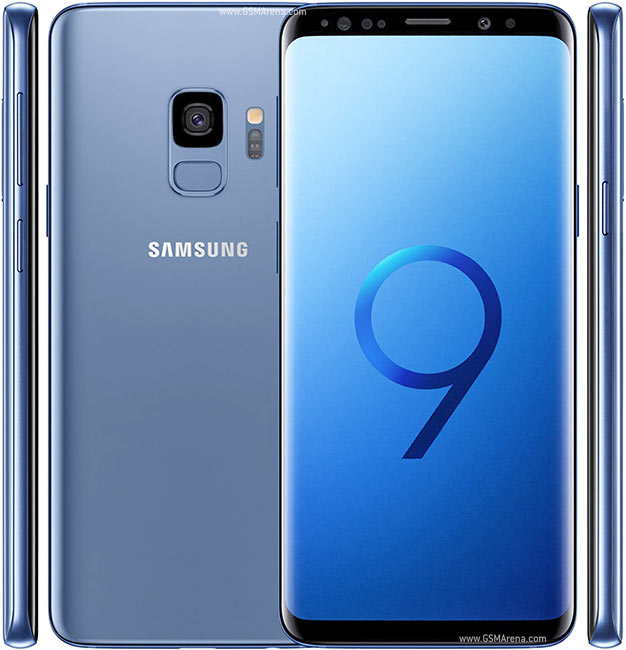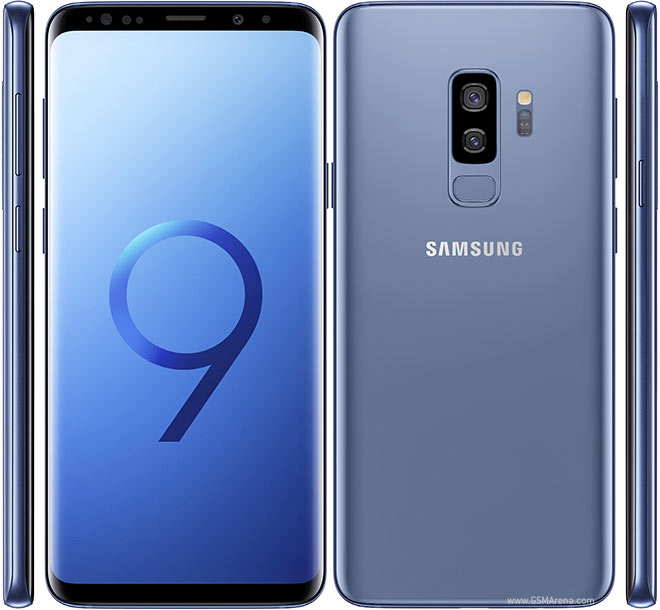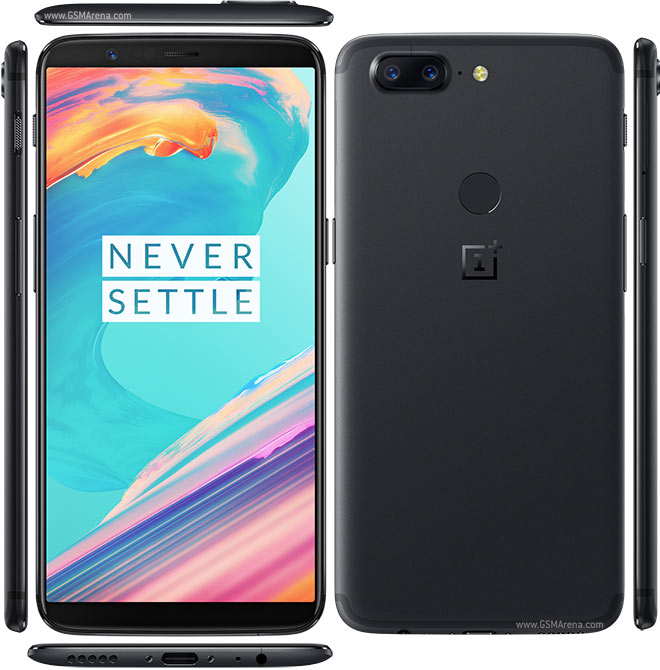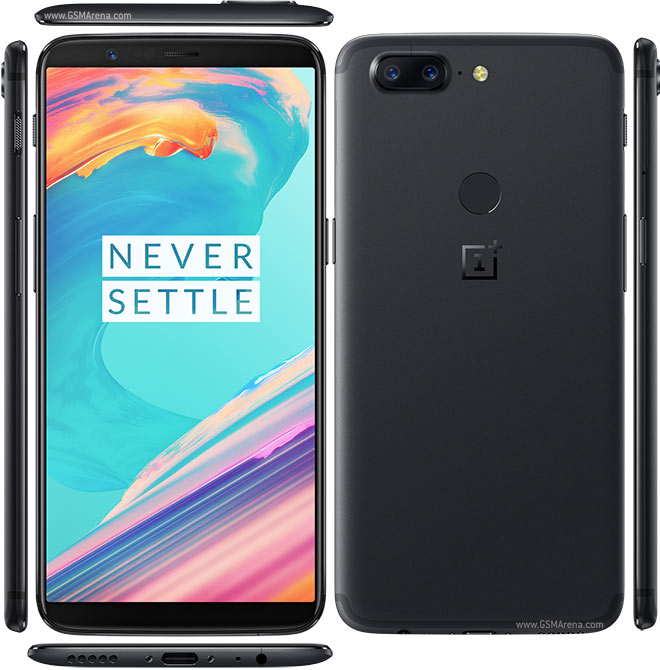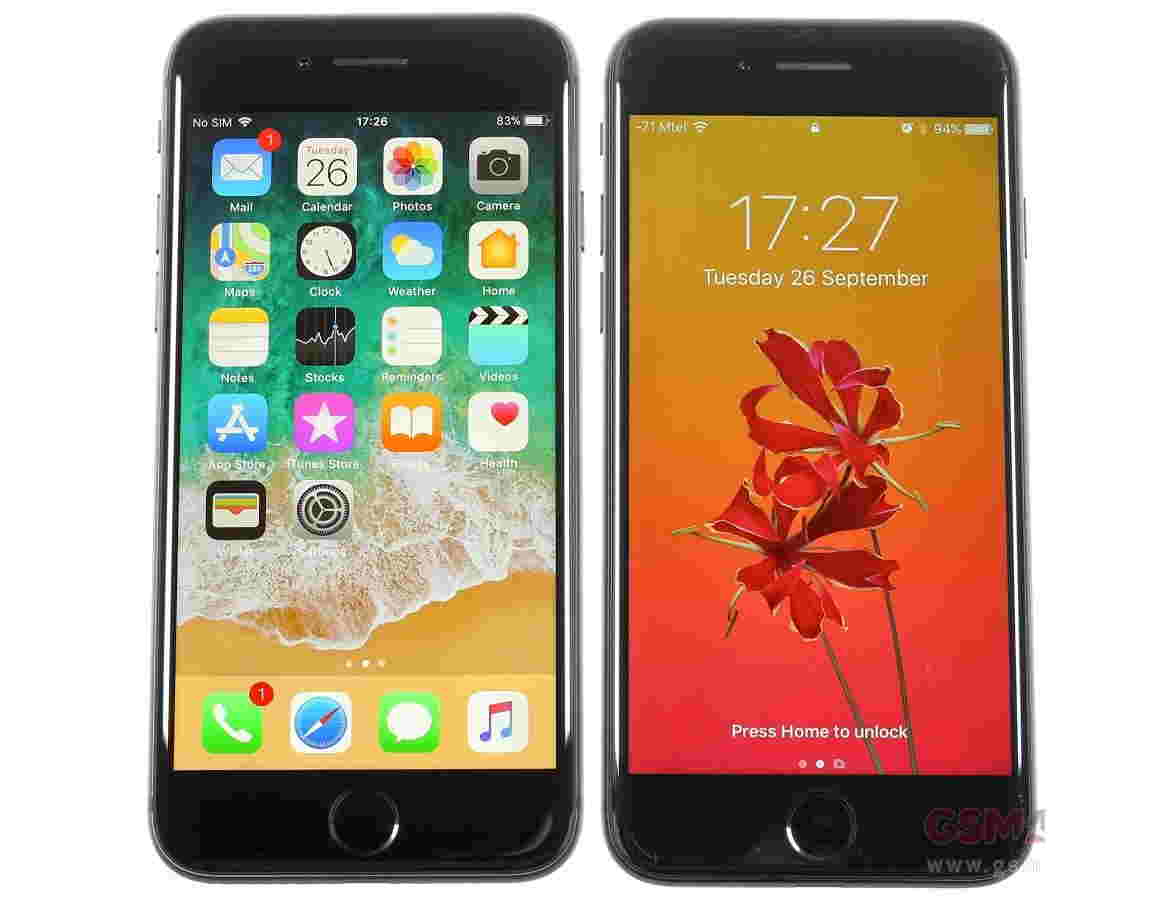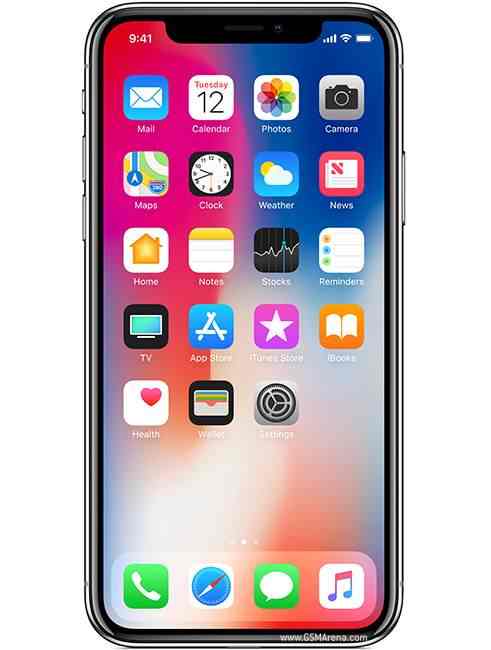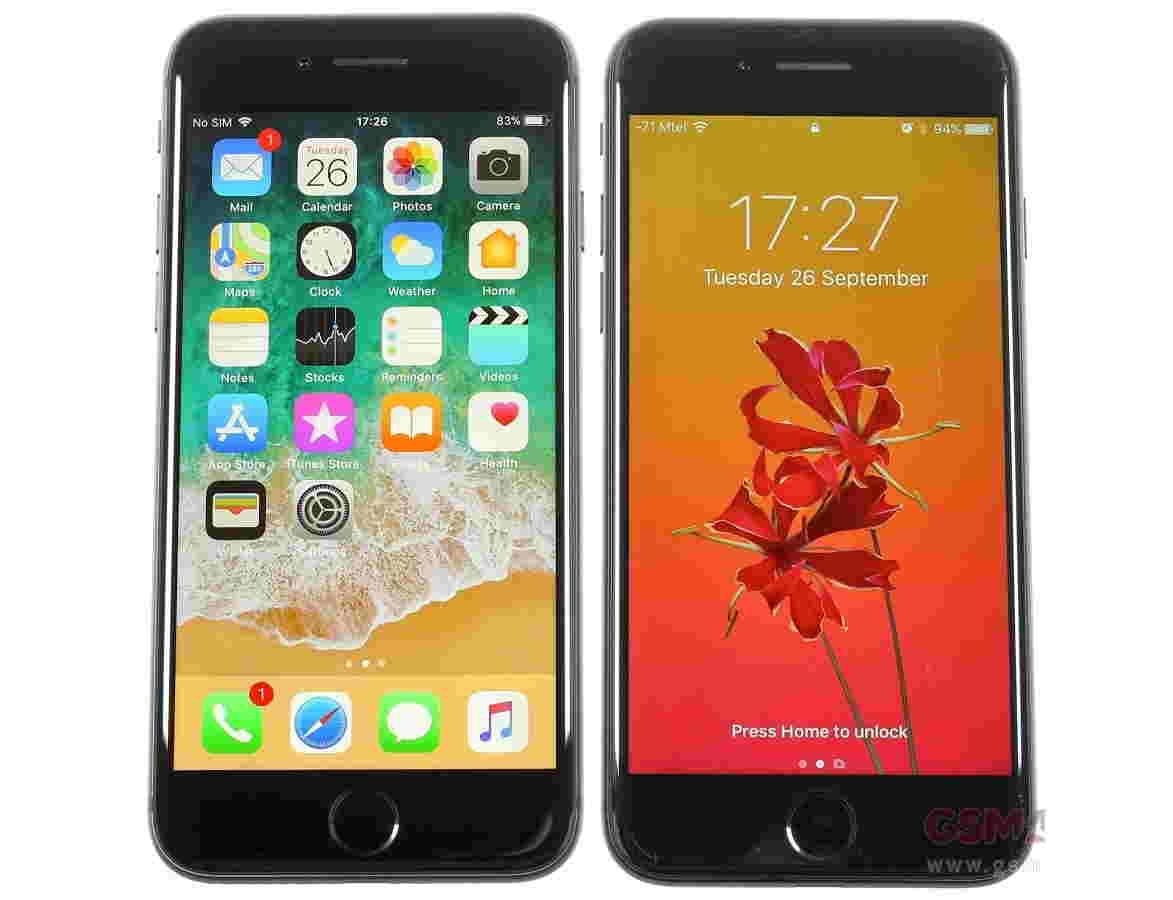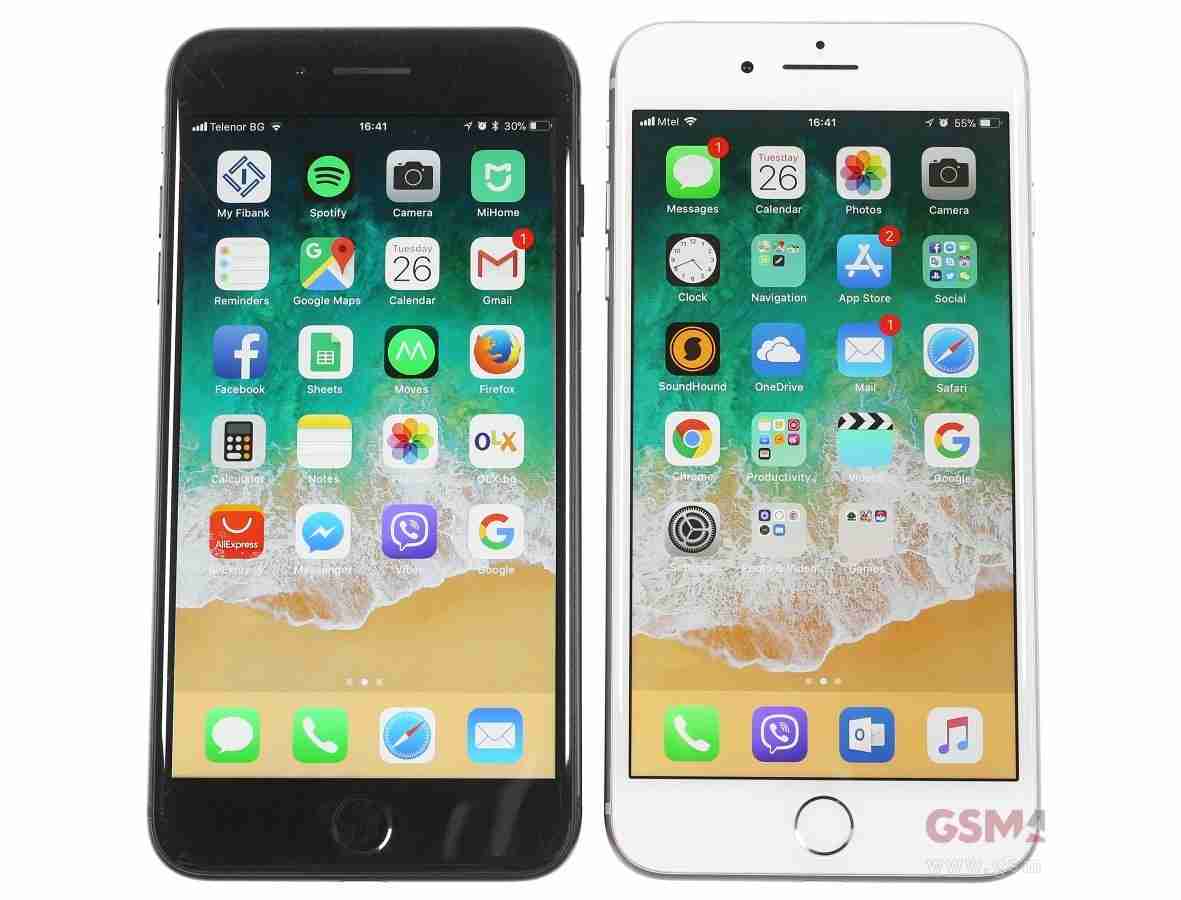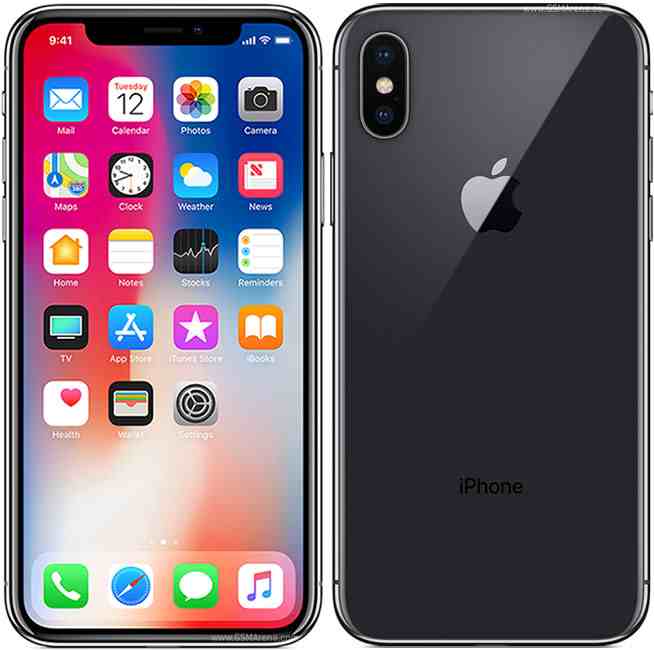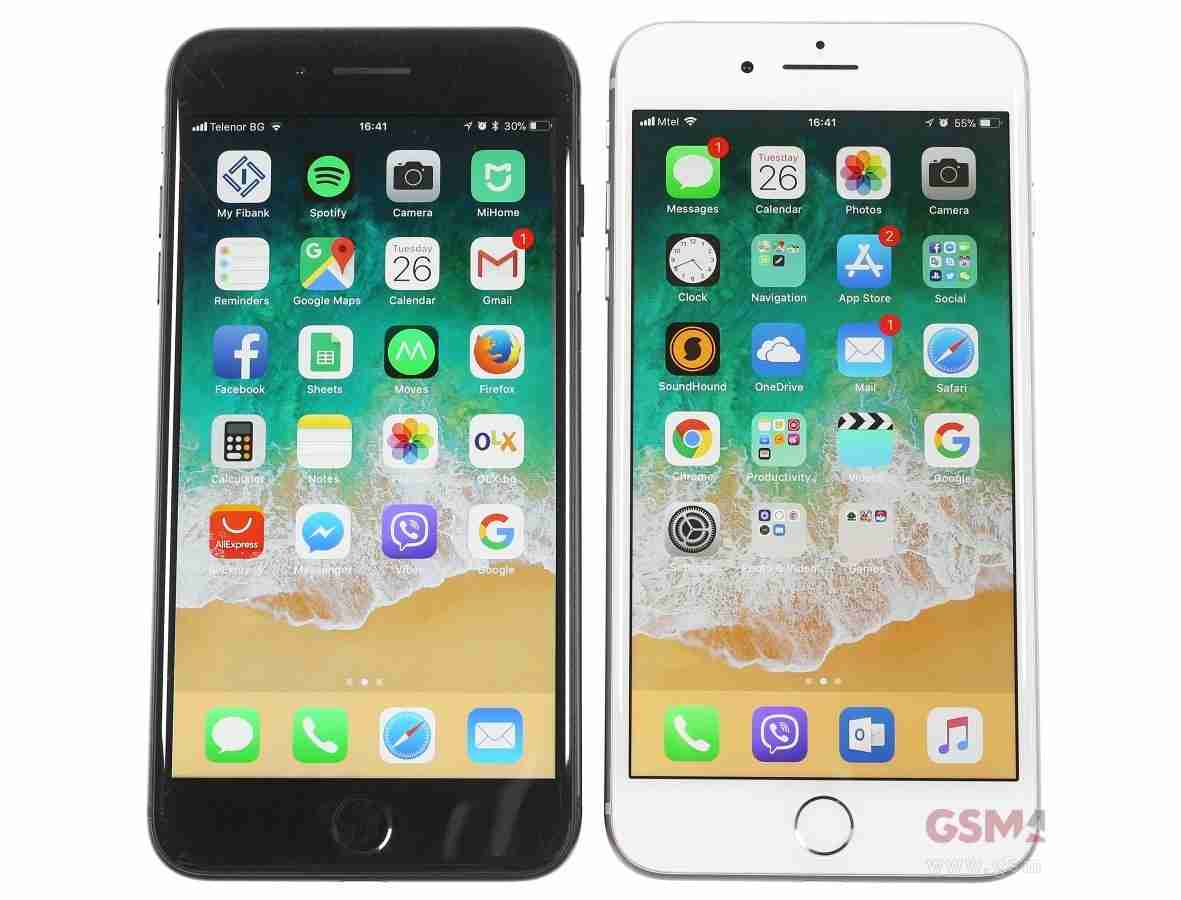
You may not know it, but 112 is actually the common European emergency number used across the 28 EU Member States and many countries surrounding the EU. There are over 320 million emergency calls made every year across the EU, to both 112 and national emergency numbers, but there is still a great deal of work to be done in order to promote 112 and vitally, to future-proof the technology.
While the European authorities have control over some telecoms issues, 112 is handled and managed by individual Member States according to local country law and guidelines. This means that each country will often adapt EU law to satisfy national requirements and this has resulted in a service level that varies from country to country.
Depending on specific demands, such as the ability for the public to connect via other services (SMS or Real Time Text messaging) and the country's own deployment of technology, 112 is far from synonymous - but it should be.
Addressing and rectifying this issue is one of the tasks that the European Emergency Number Association (EENA) is currently facing as part of the Next Generation 112 initiative (NG112). Avaya has been working alongside EENA, local governments and public safety agencies since the 1990s on best practice routing principles and most countries that have implemented 112 services are currently working towards common next generation emergency network concepts.
Tech's transformation of emergency services
Happily, this should result in a far more harmonised system across Europe coming into play over the next few years, streamlining communications and connectivity to more devices and the information they can contribute.
While working on the NG112 initiative, Avaya has come across a number of challenges and exciting new concepts for the future of the emergency services:
• The first and foremost question to consider is that of the caller's location. The primary question that every emergency service in every country in the world asks callers is where they are. Surely however, this is an issue that could easily be solved by smartphones?
The answer is yes, but at the moment that sort of data is as yet unable to pass through the national emergency service provider's networks. Fortunately, this is something that will be tackled in the immediate future as we move towards next generation concepts.
• Secondly is the question of non-traditional multi-media sessions such as IM, SMS and social media. Today the vast majority of people (and young people in particular) make fewer calls and are increasingly likely to connect to emergency services via alternative communications methods.
Avaya is working, through its participation in EENA standards committees and public safety services, to ensure that these comparatively new methods of communication can one day be integrated with the emergency services network, seamlessly.
• If, in the future, we could contact the police via applications, like Whatsapp for example, then think about video support? This is something that would be an incredibly useful addition to next generation emergency call support. It would be especially beneficial for individuals who are deaf, blind, or hard of hearing as well as individuals with speech disabilities who could now communicate via sign language or be connected to a remote video interpreter via the screen and smartphone camera.
• The NG112 Committee together with the EENA Operations Committee has published a 112 Apps EENA Operations Document. EENA strongly believes that all apps connecting citizens with the emergency services should be standardised and a common pan-European app should be developed to ensure the availability of at least one app solution or architecture for accessing emergency services all over the European Union.
The goal of this document is to encourage a number of external 112 apps to be created in a standardised approach all over the EU – for example, these might allow a user to provide the emergency services with live video footage, so that they may see what is happening, where the caller is and which response unit would be most suitable.
The emergency response team on the way may also be trackable via one of the apps, so the person in need can see how close help is to them.
A "huge opportunity"
The good news is that, following extensive lobbying from EENA, in the last weeks of 2013, a plan was confirmed by the European Commission to put a budget in place for a demonstrator and proof of concept of the NG112 project to commence in 2015 under the Horizon2020 framework.
This is a huge opportunity when you consider the scale and necessary upgrades that many different national systems will need to put in place for the theory to become reality.
While it may be too soon to say definitively, it is hopeful that within the next few years, Next Generation 112 services will become more ubiquitous across the EU. Even more exciting, it is entirely plausible that one day there will be a more global view of the emergency number.
Rather than specific numbers used in specific countries, the most widely used emergency numbers (911 and 112) would be valid no matter where in the world, or on which device or platform, they were called, a concept already endorsed by the IETF and under consideration by the WHO.
- Mark J. Fletcher, ENP is Chief Architect of Worldwide Emergency Services at Avaya, and the co-vice-chair of the NG112 committee at EENA.




